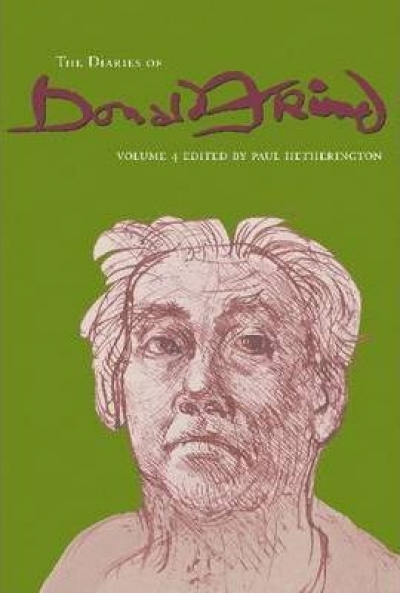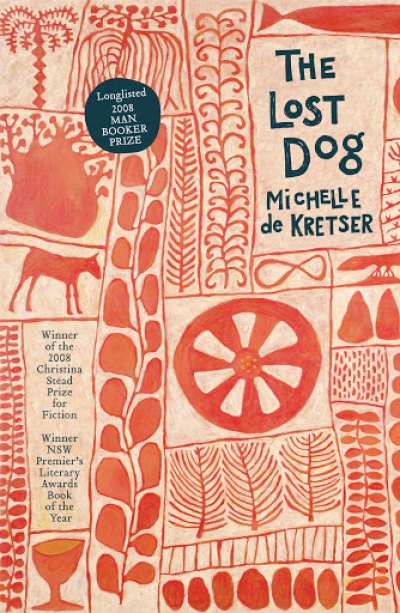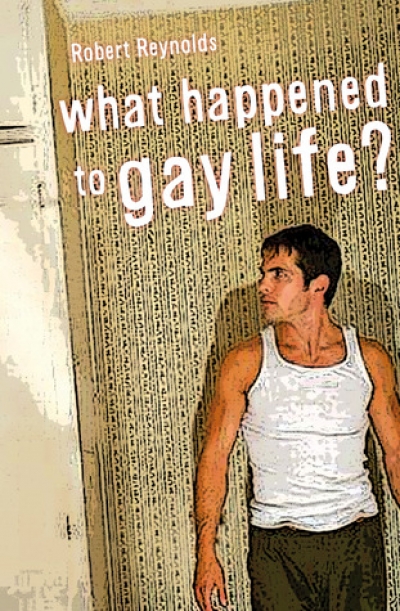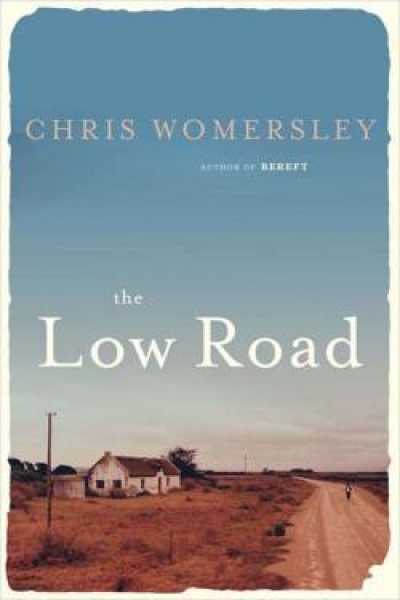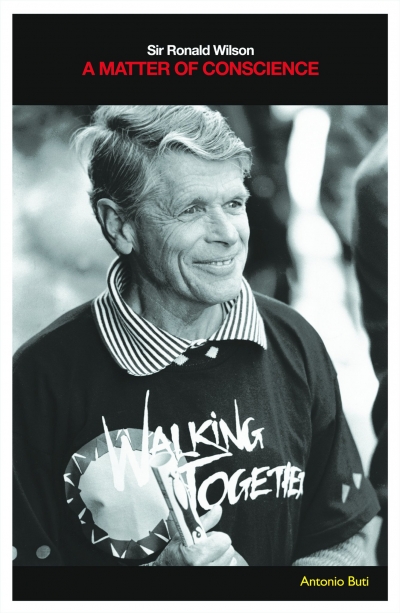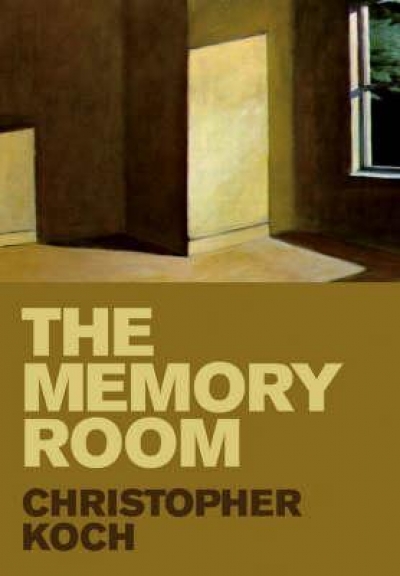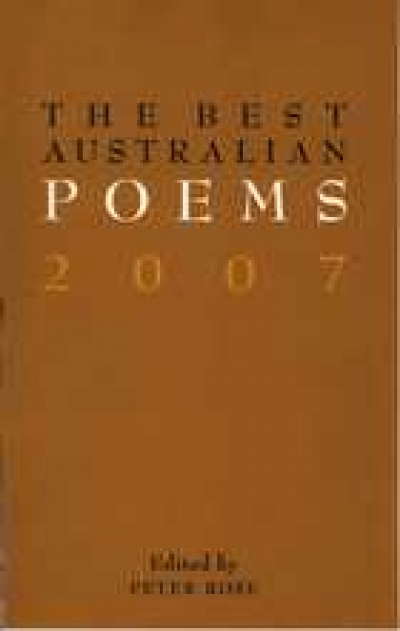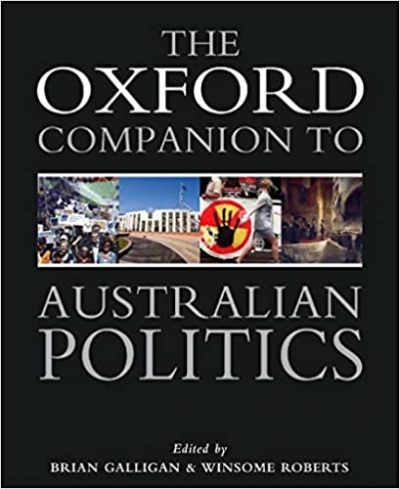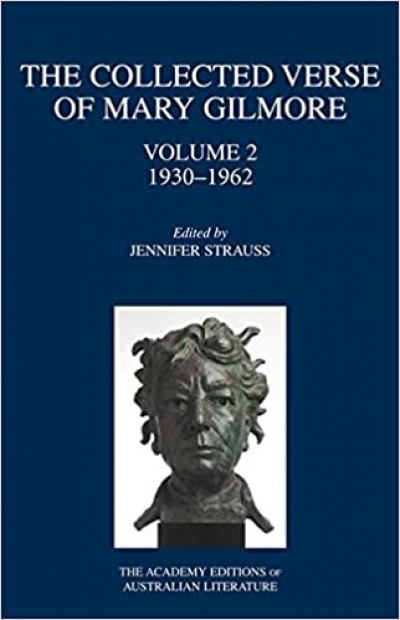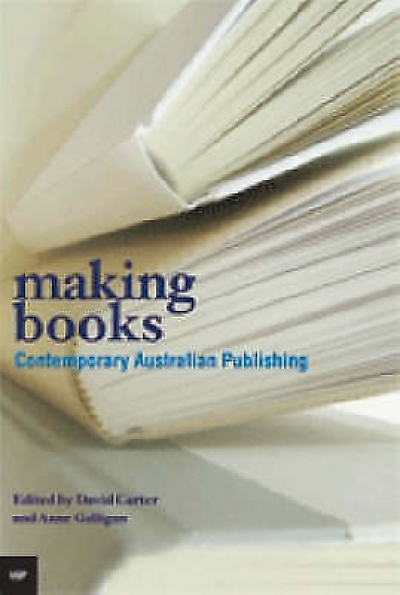Archive
The Diaries of Donald Friend, Vol. 4 edited by Paul Hetherington
by Paul Brunton •
What Happened To Gay Life?' by Robert Reynolds by Robert Reynolds
by Andy Quan •
Sir Ronald Wilson: A matter of conscience by Antonio Buti
by Tony Blackshield •
The Best Australian Poems 2007 edited by Peter Rose & The Best Australian Poetry 2007 edited by John Tranter
by Gregory Kratzmann •
The Oxford Companion to Australian Politics edited by Brian Galligan and Winsome Roberts
by Neal Blewett •
The Collected Verse of Mary Gilmore: Volume 2, 1930–1962 edited by Jennifer Strauss
by Ann Vickery •
Making Books: Contemporary Australian publishing edited by David Carter and Anne Galligan
by Richard Walsh •

